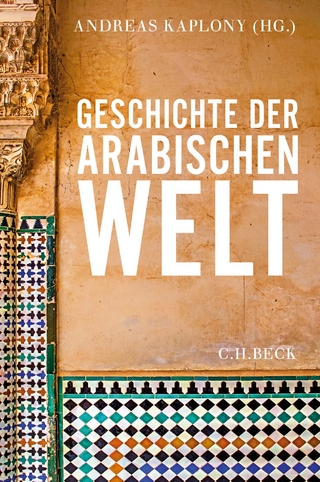
Temples in the Cliffside
Buddhist Art in Sichuan
Seiten
2022
University of Washington Press (Verlag)
978-0-295-74930-3 (ISBN)
University of Washington Press (Verlag)
978-0-295-74930-3 (ISBN)
Winner of the 2023 IPPY – Gold – Religion Nonfiction category, sponsored by the Independent Publisher Book Award
Centuries of monumental sculpture, embedded in the landscape
At sixty-two meters the Leshan Buddha in southwest China is the world’s tallest premodern statue. Carved out of a riverside cliff in the eighth century, it has evolved from a religious center to a UNESCO World Heritage Site and popular tourist destination. But this Buddha does not stand alone: Sichuan is home to many cave temples with such monumental sculptures, part of a centuries-long tradition of art-making intricately tied to how local inhabitants made use of their natural resources with purpose and creativity. These examples of art embedded in nature have altered landscapes and have influenced the behaviors, values, and worldviews of users through multiple cycles of revival, restoration, and recreation. As hybrid spaces that are at once natural and artificial, they embody the interaction of art and the environment over a long period of time.
This far-ranging study of cave temples in Sichuan shows that they are part of the world’s sustainable future, as their continued presence is a reminder of the urgency to preserve culture as part of today’s response to climate change. Temples in the Cliffside brings art history into close dialogue with current discourse on environmental issues and contributes to a new understanding of the ecological impact of artistic monuments.
Centuries of monumental sculpture, embedded in the landscape
At sixty-two meters the Leshan Buddha in southwest China is the world’s tallest premodern statue. Carved out of a riverside cliff in the eighth century, it has evolved from a religious center to a UNESCO World Heritage Site and popular tourist destination. But this Buddha does not stand alone: Sichuan is home to many cave temples with such monumental sculptures, part of a centuries-long tradition of art-making intricately tied to how local inhabitants made use of their natural resources with purpose and creativity. These examples of art embedded in nature have altered landscapes and have influenced the behaviors, values, and worldviews of users through multiple cycles of revival, restoration, and recreation. As hybrid spaces that are at once natural and artificial, they embody the interaction of art and the environment over a long period of time.
This far-ranging study of cave temples in Sichuan shows that they are part of the world’s sustainable future, as their continued presence is a reminder of the urgency to preserve culture as part of today’s response to climate change. Temples in the Cliffside brings art history into close dialogue with current discourse on environmental issues and contributes to a new understanding of the ecological impact of artistic monuments.
Sonya S. Lee is professor of Chinese art and visual cultures at the University of Southern California and author of Surviving Nirvana: Death of the Buddha in Chinese Visual Culture.
| Erscheinungsdatum | 30.12.2021 |
|---|---|
| Reihe/Serie | Temples in the Cliffside |
| Zusatzinfo | 119 color illus., 11 maps, 4 tables |
| Verlagsort | Seattle |
| Sprache | englisch |
| Maße | 178 x 254 mm |
| Gewicht | 1066 g |
| Themenwelt | Kunst / Musik / Theater ► Kunstgeschichte / Kunststile |
| Sachbuch/Ratgeber ► Geschichte / Politik ► Allgemeines / Lexika | |
| Geisteswissenschaften ► Geschichte ► Regional- / Ländergeschichte | |
| Geisteswissenschaften ► Religion / Theologie ► Buddhismus | |
| ISBN-10 | 0-295-74930-X / 029574930X |
| ISBN-13 | 978-0-295-74930-3 / 9780295749303 |
| Zustand | Neuware |
| Informationen gemäß Produktsicherheitsverordnung (GPSR) | |
| Haben Sie eine Frage zum Produkt? |
Mehr entdecken
aus dem Bereich
aus dem Bereich
von der Antike bis ins 21. Jahrhundert
Buch | Softcover (2024)
C.H.Beck (Verlag)
CHF 16,80


